25 Years of Insall in Bath
- | Anne-Marie Hayes
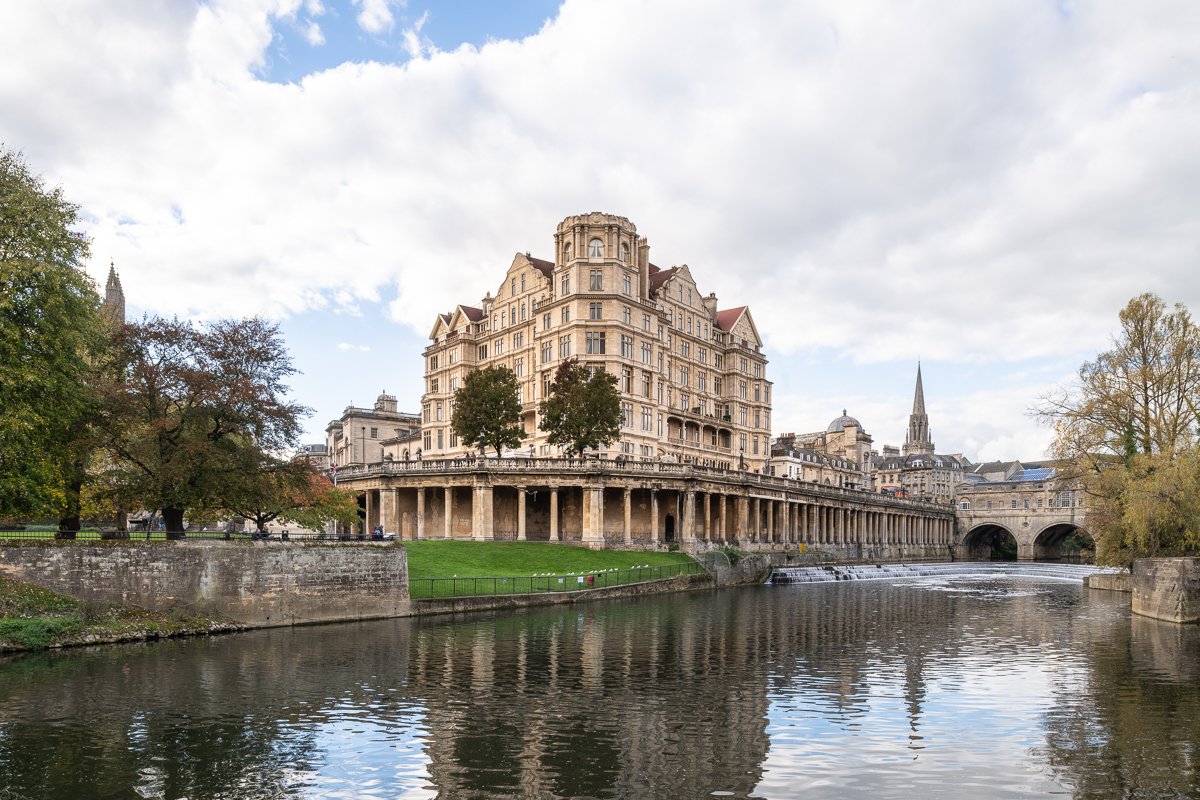
The growth of DIA since 1990 has usually reflected local demands for its particular expertise. However, the founding of the Bath office in 1997 was occasioned by a single venture: the winning of the competition for a new therapeutic spa in the centre of the city. Peter Carey’s proposal to Sir Donald Insall was taken up with enthusiasm following the announcement of the success of a joint entry by Nicholas Grimshaw and DIA.
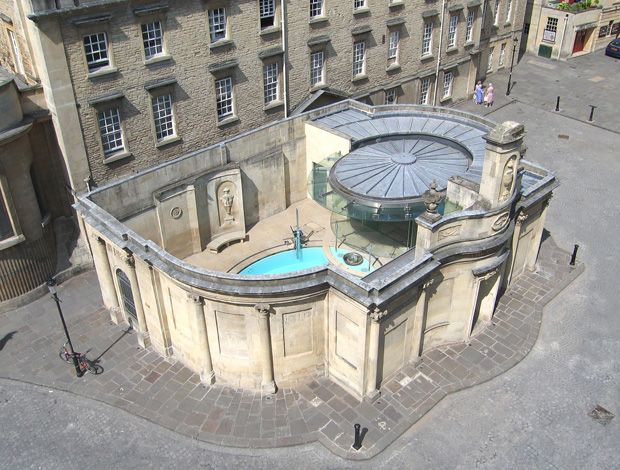
The Theraputic Spa, Bath
Whilst the Spa project was both large and demanding, a broader spread of historic building projects would soon be desirable to counteract the ‘ebb and flow’ of work on this large project. To facilitate this, Peter began to draw on the knowledge he had gained during the decade he had spent in Bath and in his corner of Exmoor since leaving DIA’s London office in the late 1980s. Soon the office was at work at Godminster Manor near Bruton, ably assisted by David Barnes who heads the office today, soon to be followed by Goldney Hall, Clifton and the gradual refurbishment of 9 Lansdown Crescent, whose new owner Peter had befriended. With the arrival of George Tasker the office began the post-fire restoration of Trewsbury House, in the Cotswolds, establishing expertise which became valuable in later fire-restoration projects such as Cholderton House, near Andover, and London’s 151 Walworth Road.
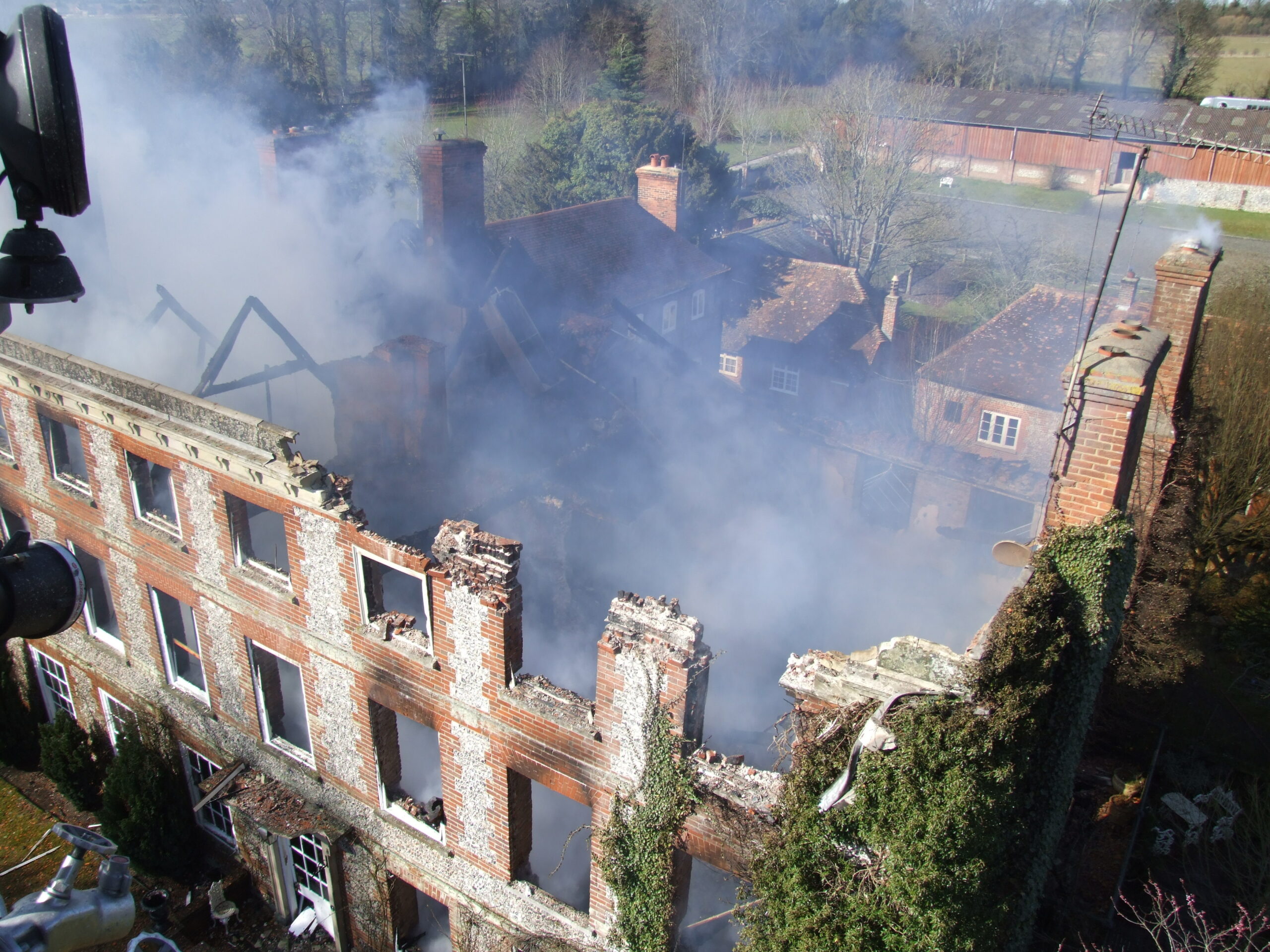
Cholderton House fire restoration
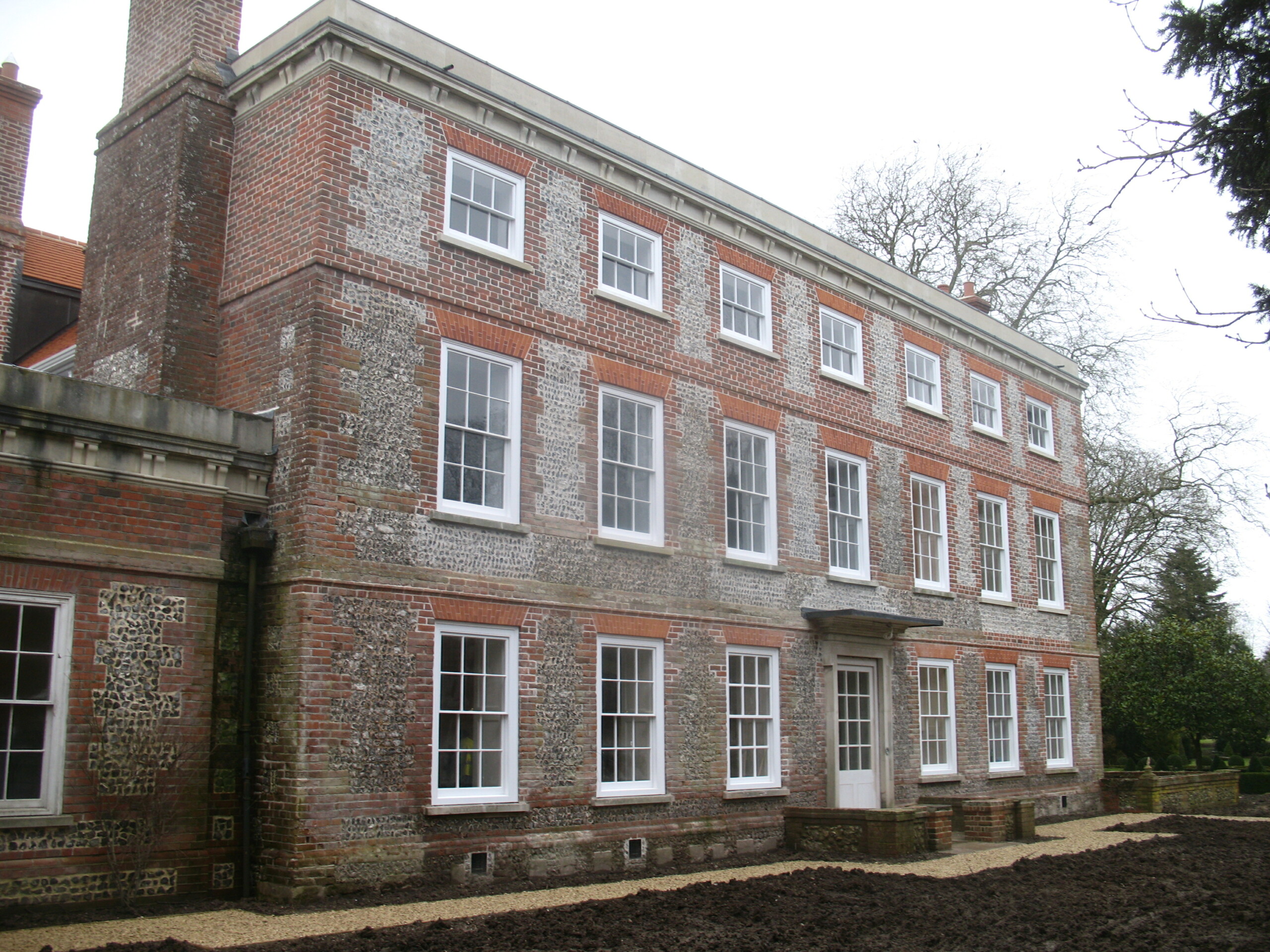
Cholderton House
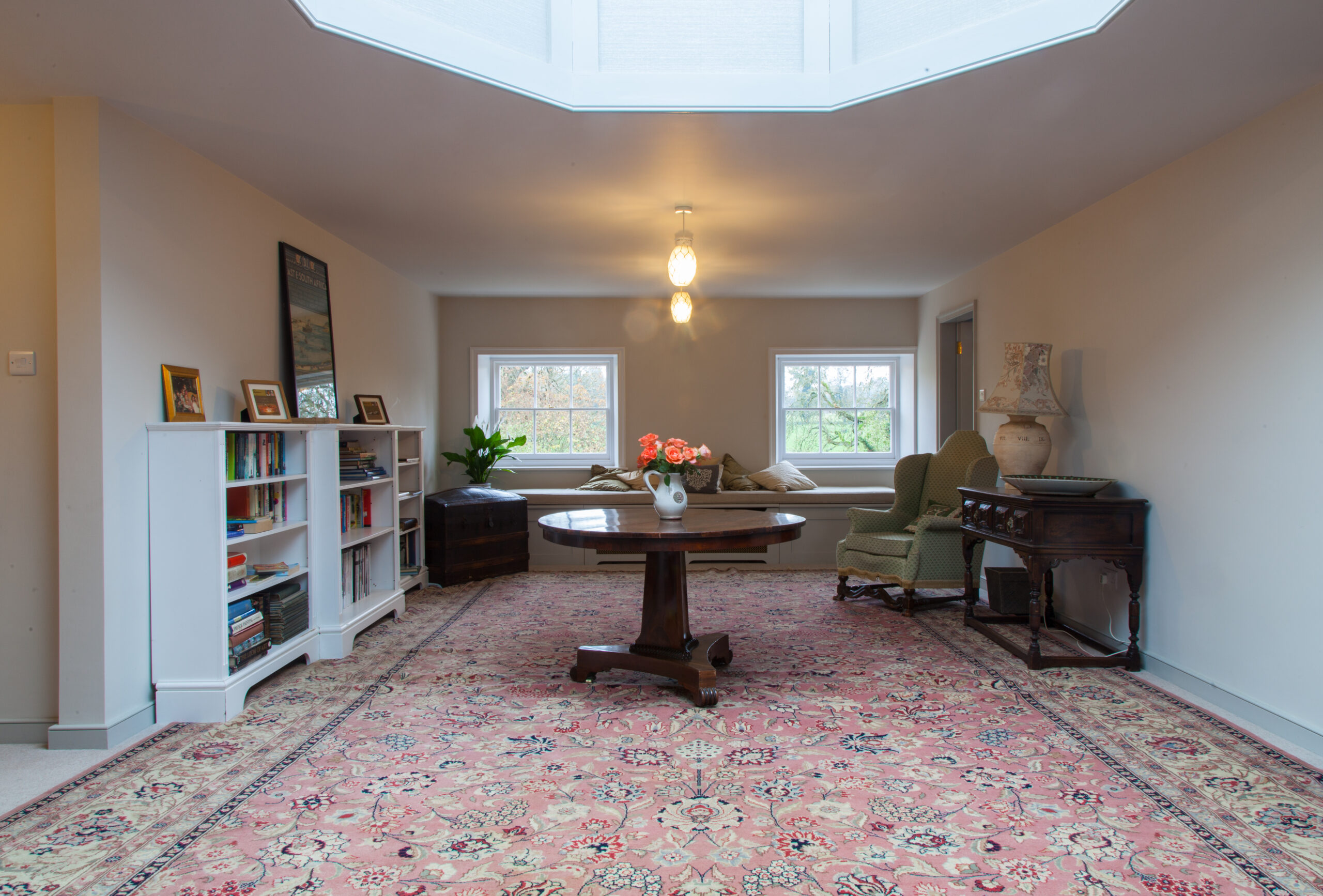
Cholderton House
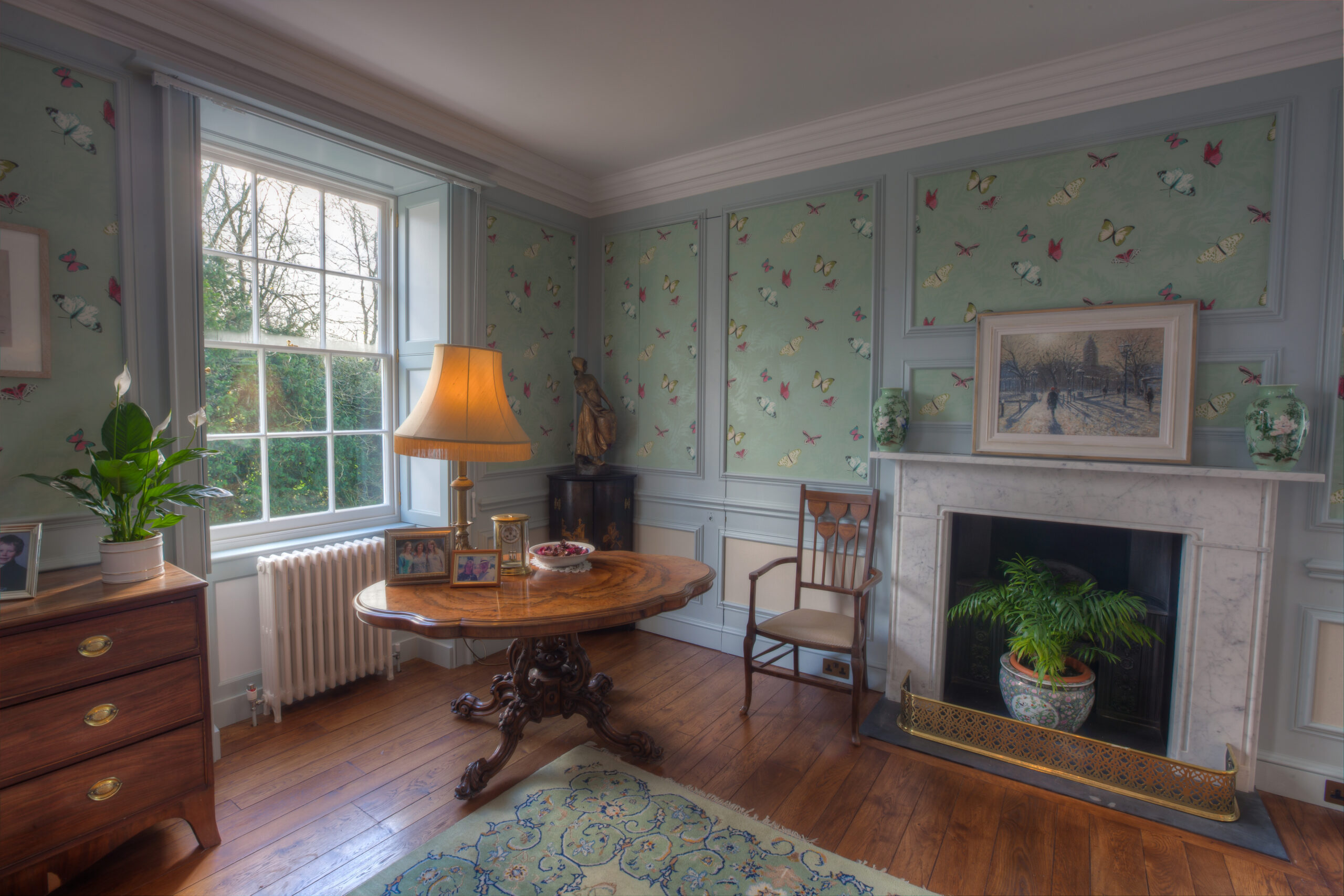
Cholderton House
Two major projects established the office’s credentials in Oxford after 2000, with the restoration of Nicholas Hawksmoor’s magnificent Codrington Library at All Souls College, and the preparation for the restoration of Christ Church Library some years later. Soon after, Pembroke College appointed the office to restore and modernise three groups of 17th century buildings in Pembroke Street as undergraduate accommodation, whilst All Souls College returned to us to enlarge two blocks of Fellows’ rooms and update The Warden’s Lodging for incoming Warden Sir John Vickers. Preliminary work at the University Church, St Mary the Virgin, resulted in Oxford University appointing us to assist in the restoration of the Radcliffe Camera, reorganising the Proscholium of The Bodleian Library and planning the reorganisation of the Taylorian Institute which adjoins the Ashmolean Museum. This was followed by the re-roofing of St Mary the Virgin. More recently Lincoln College has commissioned the Practice to reorganise its complex of accommodation along Turl Street and The Mitre Inn.
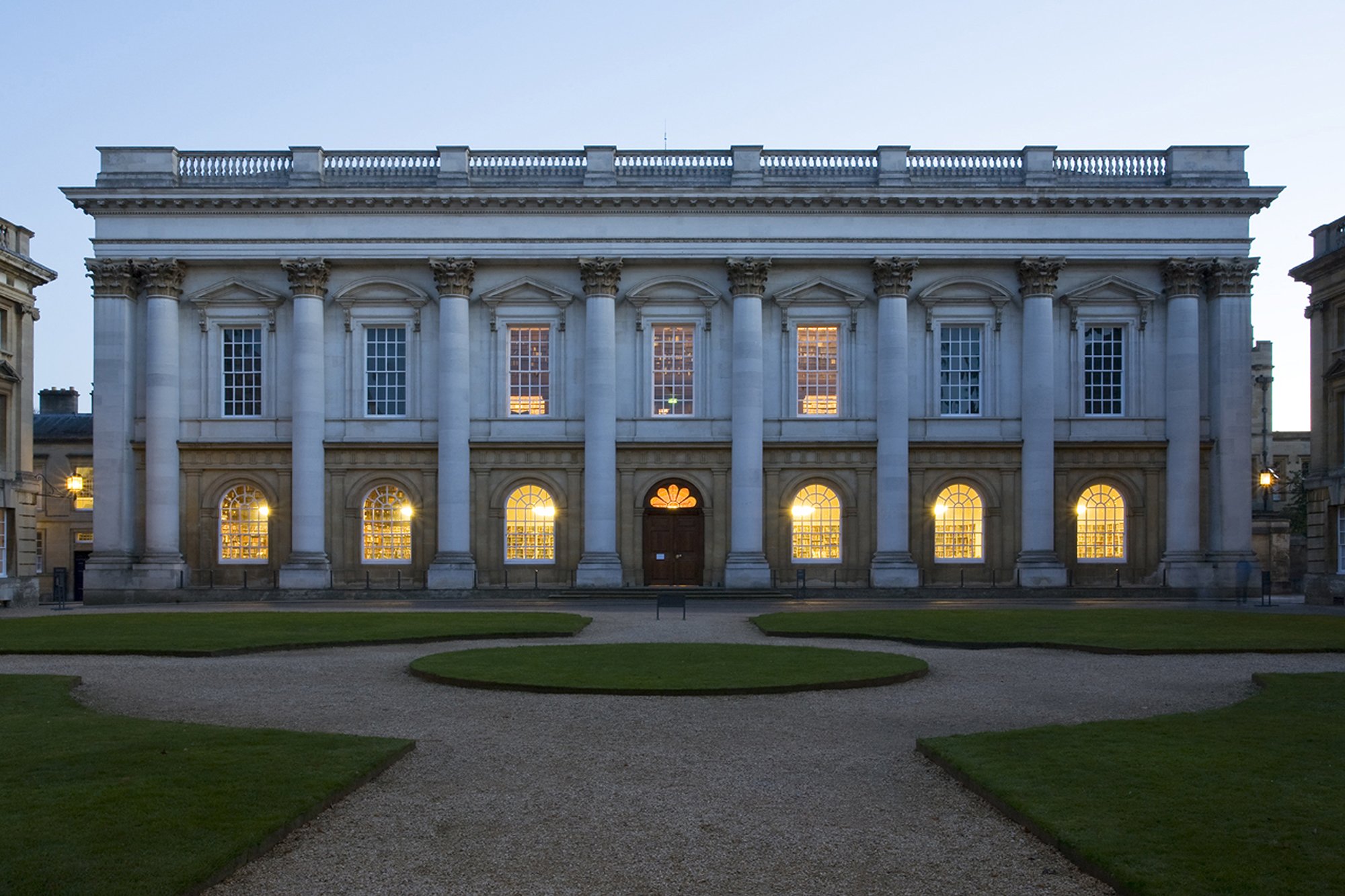
Christ Church Library, Oxford
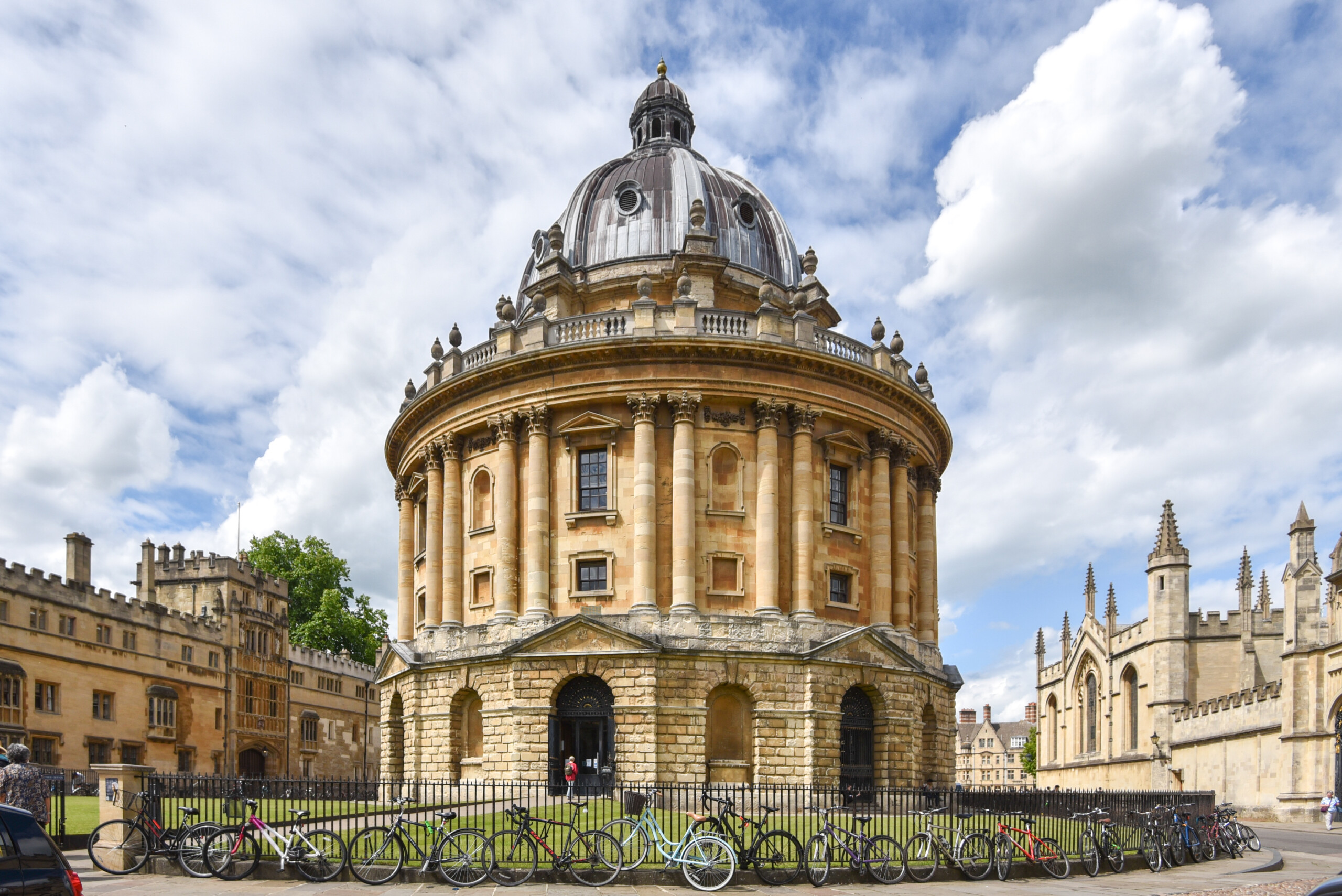
The Radcliffe Camera, Oxford
As work began in Oxford, a comprehensive study of The Theatre Royal (Old Vic) in Bristol led to a gradual reorganisation of the theatre over many years, whilst on the opposite side of Bristol’s Queen Square, the removal of through traffic allowed the faithful reconstruction of previously demolished early Georgian No.25 Queen Square. At this point the Practice was selected to undertake what was then the largest Heritage Lottery project in Wales; the restoration of Cardiff Castle – a delightful and challenging five-year commission dealing with all periods, from the Roman battlement walls and mediaeval keep to the accommodation built by the Earls of Warwick, Earls of Pembroke and finally William Burges’ extravagant neo-mediaeval additions for the Marquess of Bute.
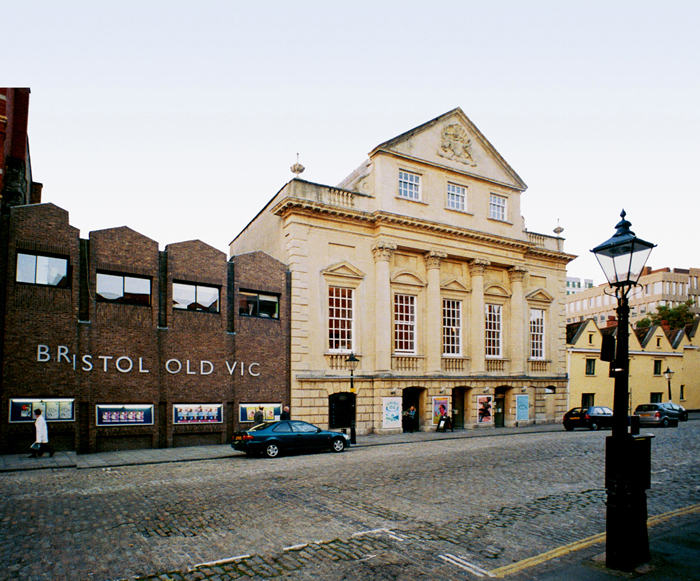
The Bristol Old Vic
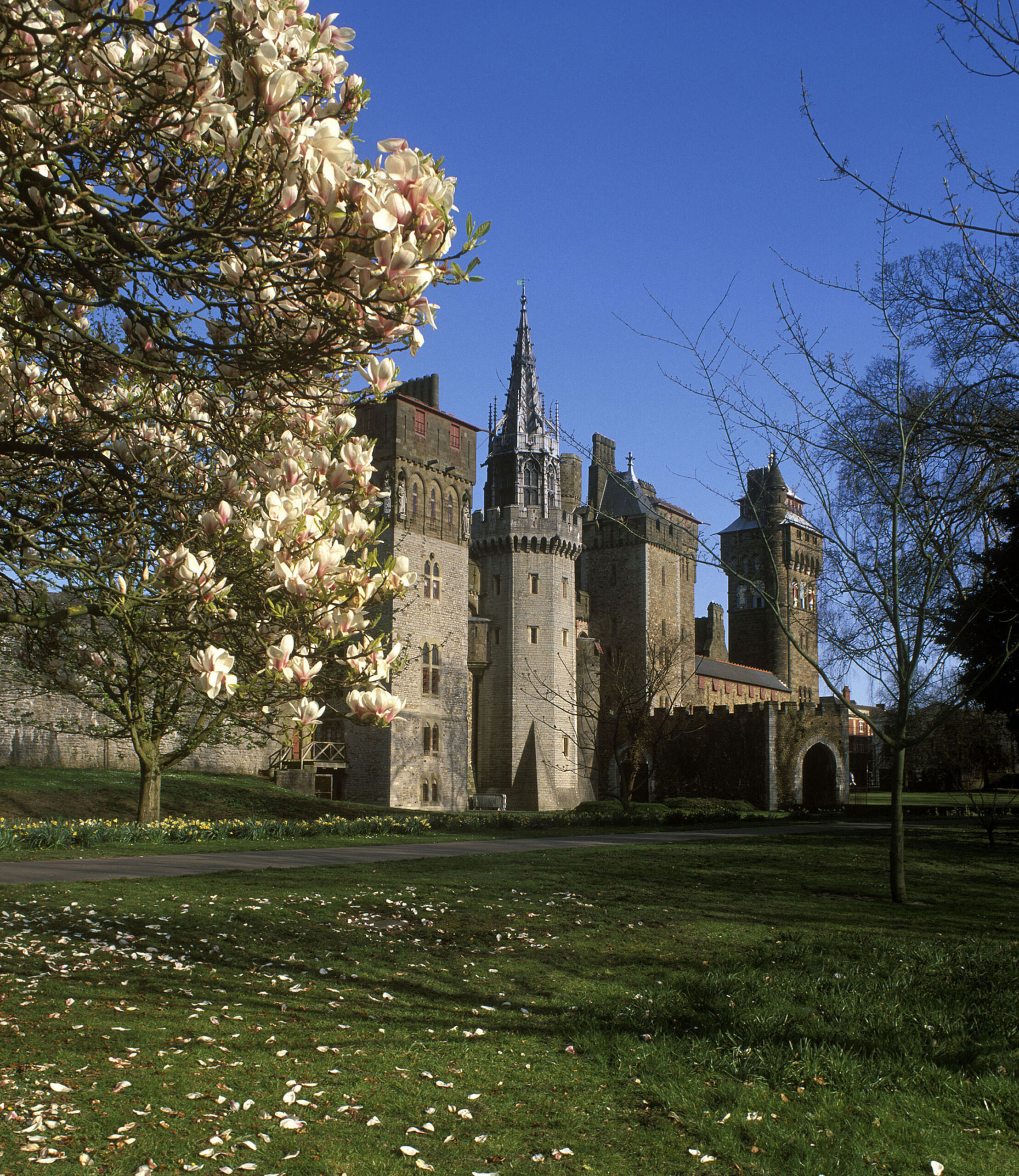
Cardiff Castle’s West Wall viewed from the courtyard with the Octagon Tower and Bute Tower
Since this time the emphasis has moved in several directions; a number of country house remodelling projects have addressed the challenges of living in 16th – 18th century houses in the 21st century, notably at Stockton House; we have increasingly offered consultancy advice to government agencies (Ministry of Justice: historic Courts) and Local Authorities (Bath and Bournemouth Conservation Area Character Appraisals, Cyfarthfa Park, Merthyr); often we have advised commercial housing developers on building in conservation areas (Pegasus at Brockenhurst, Lyndhurst and Cheltenham) or directly worked on major re-creation schemes for altered historic crescents in Bath (Somerset Place). One further strand has been the steady growth in quinquennial surveys of church buildings, often resulting in repair programmes, as at Alton Barnes, Pewsey, All Cannings and several Cotswold churches.
We mark this Silver anniversary with a suitably celebratory moment: the opening of Cleveland Pools, the UK’s oldest swimming lido, after decades of campaigning, and providing a delightful symmetry with the first Bath project – The Bath Spa!
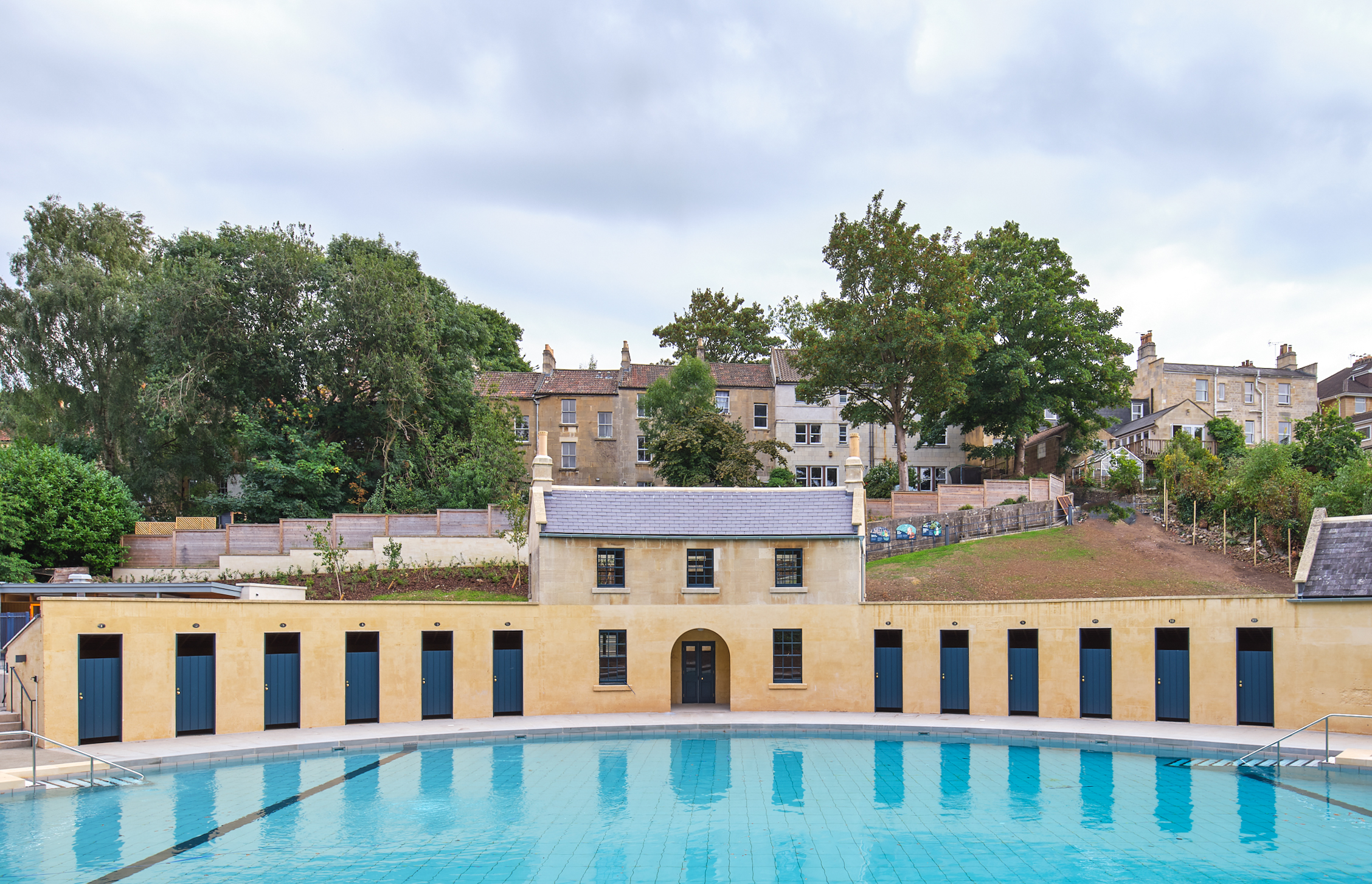
Cleveland Pools, Bath, following restoration
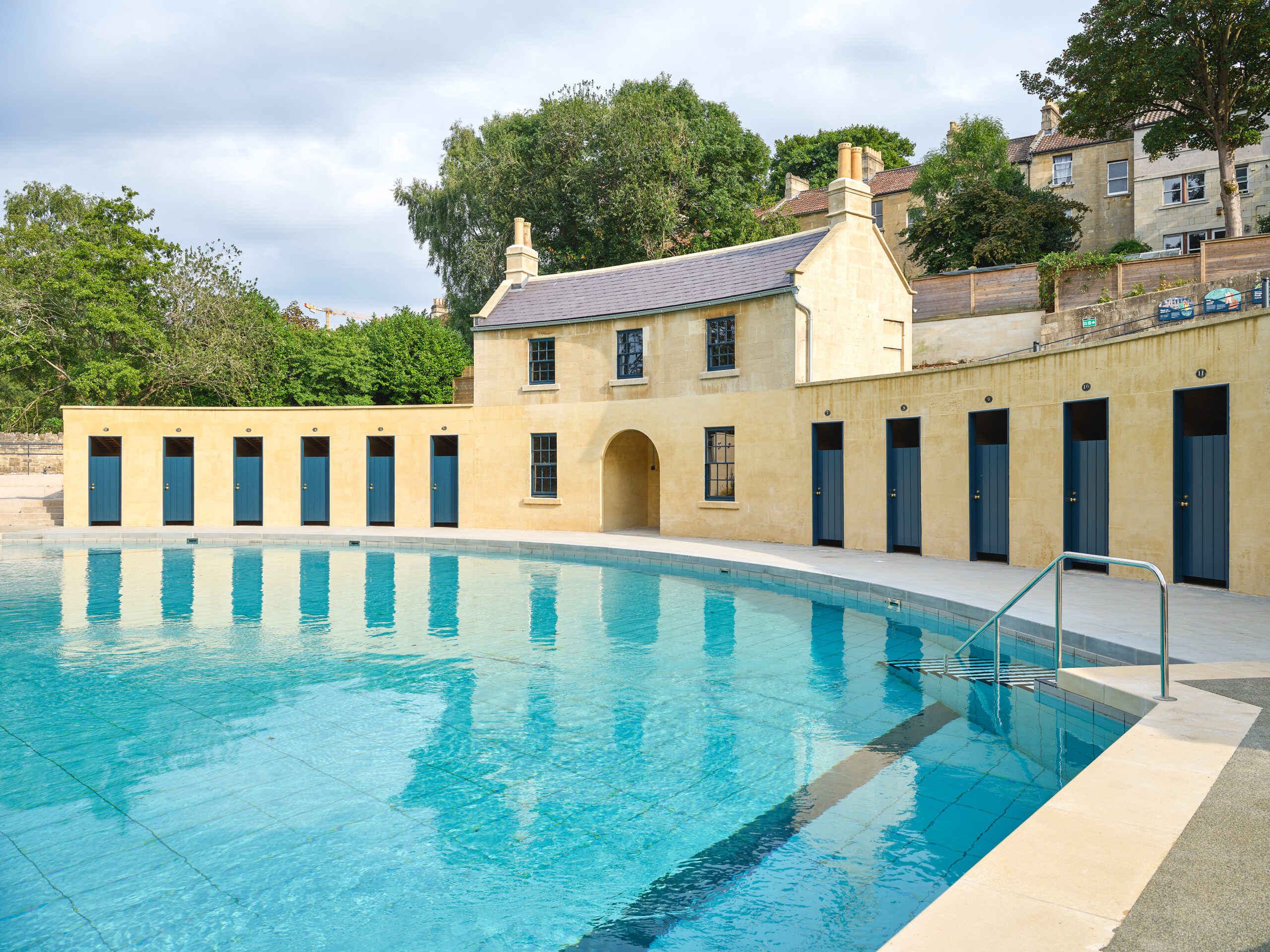
Cleveland Pools, Bath, following restoration